Optimal Timing for Block Retaining Wall Installation
Timing for block retaining wall installations depends on climate, soil conditions, and project scope. Proper planning ensures durability and structural integrity, minimizing future repairs.
Spring and fall are ideal due to moderate temperatures and stable soil conditions, reducing the risk of shifting or cracking.
Avoid installations during heavy rain or extreme cold, which can affect setting times and soil stability.
Dry, firm ground provides the best foundation for retaining walls, making dry periods preferable for construction.
Scheduling during periods of low construction demand can lead to quicker completion and better resource availability.

Ways to make Block Retaining Wall Installations work in tight or awkward layouts.
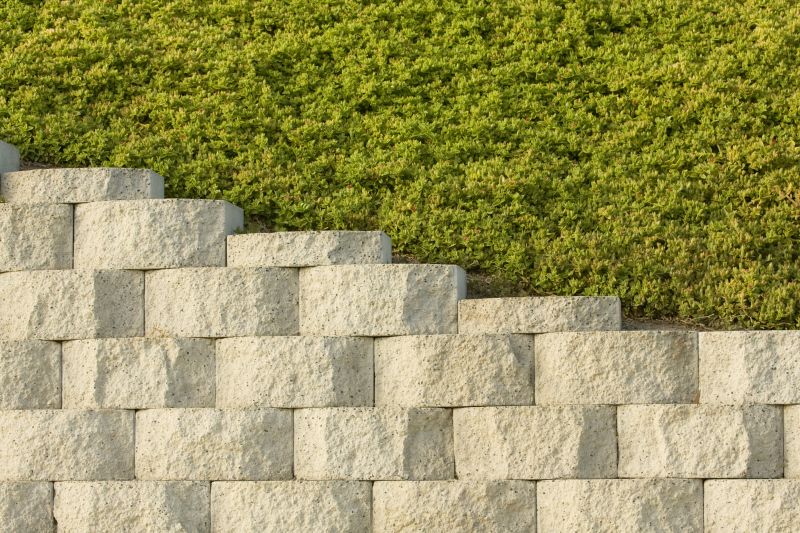
Popular materials for Block Retaining Wall Installations and why they hold up over time.
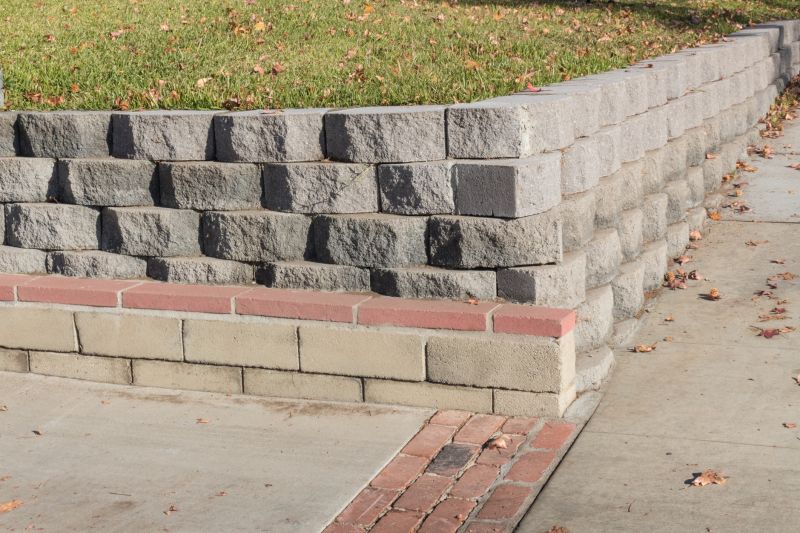
Simple add-ons that improve Block Retaining Wall Installations without blowing the budget.
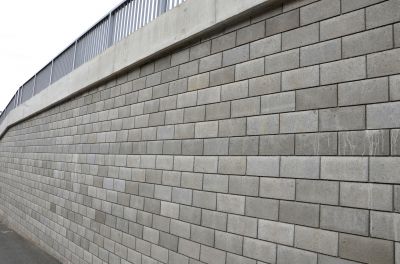
High-end options that actually feel worth it for Block Retaining Wall Installations.

Finishes and colors that play nicely with Block Retaining Wall Installations.
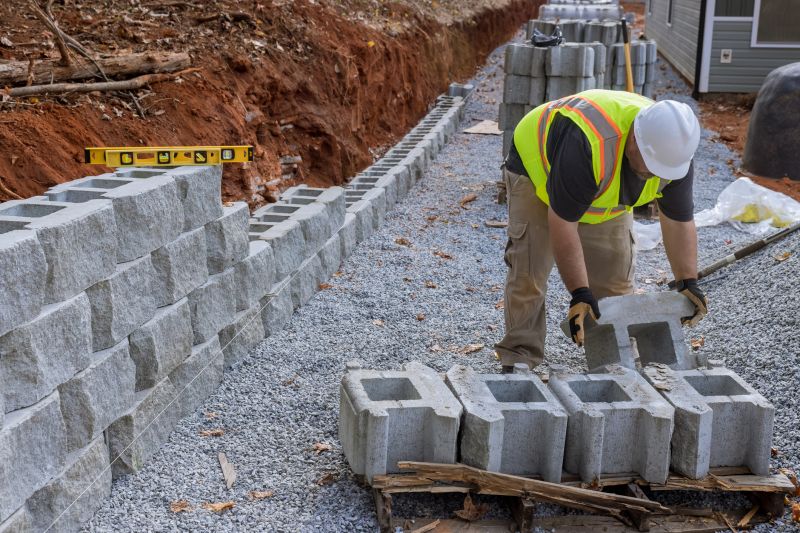
Little measurements that prevent headaches on Block Retaining Wall Installations day.
Block retaining walls are essential for managing soil erosion, creating level areas, and enhancing landscape aesthetics. They are constructed using interlocking concrete blocks that provide strength and flexibility. Proper installation involves careful site assessment, foundation preparation, and precise placement of blocks to ensure stability. Statistics indicate that well-constructed retaining walls can last for decades with minimal maintenance, making timing and quality crucial for long-term performance.
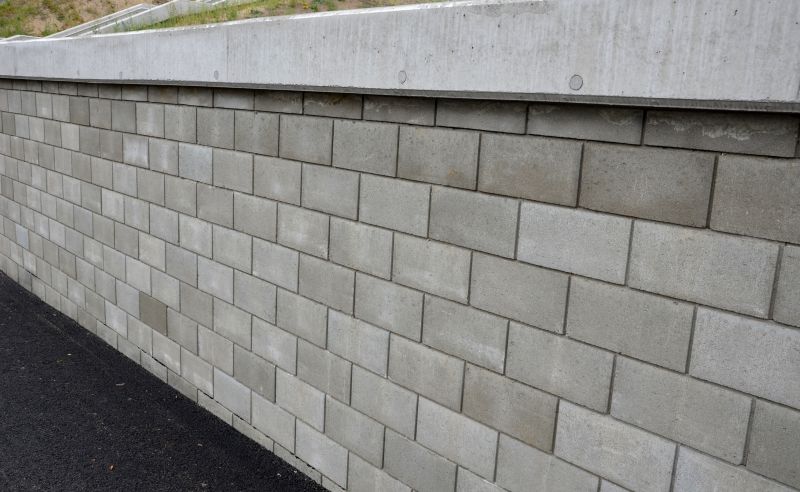
A 60-second routine that keeps Block Retaining Wall Installations looking new.
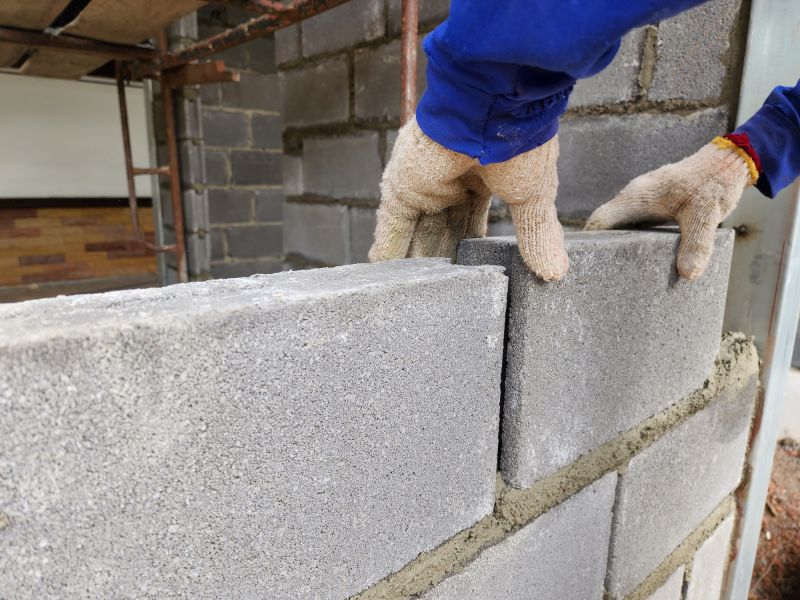
A frequent mistake in Block Retaining Wall Installations and how to dodge it.
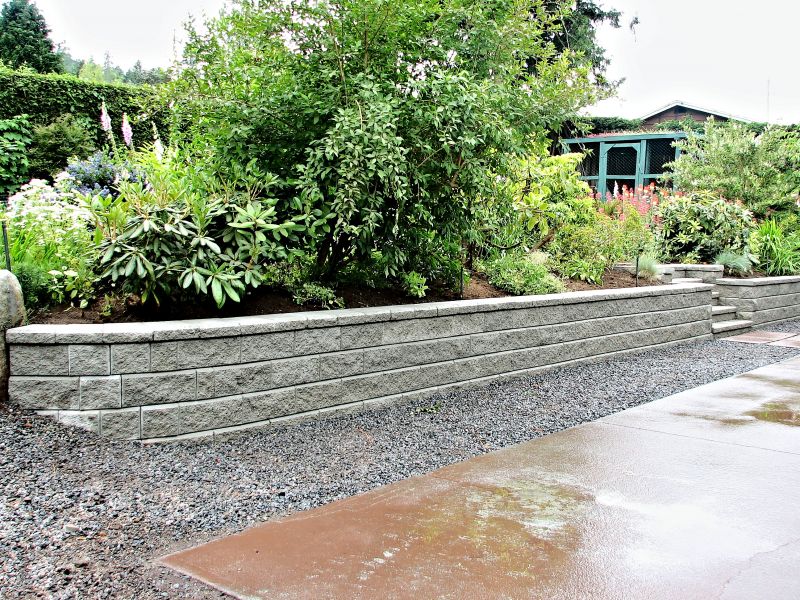
Small tweaks to make Block Retaining Wall Installations safer and easier to use.
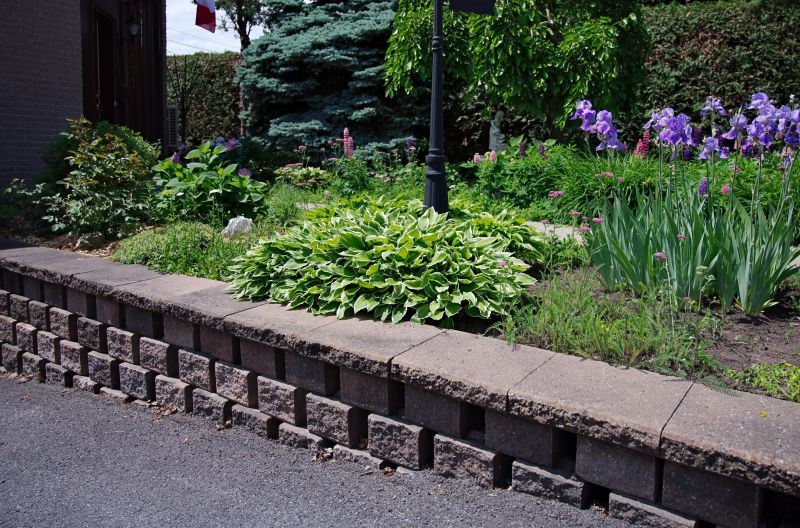
Lower-waste or water-saving choices for Block Retaining Wall Installations.
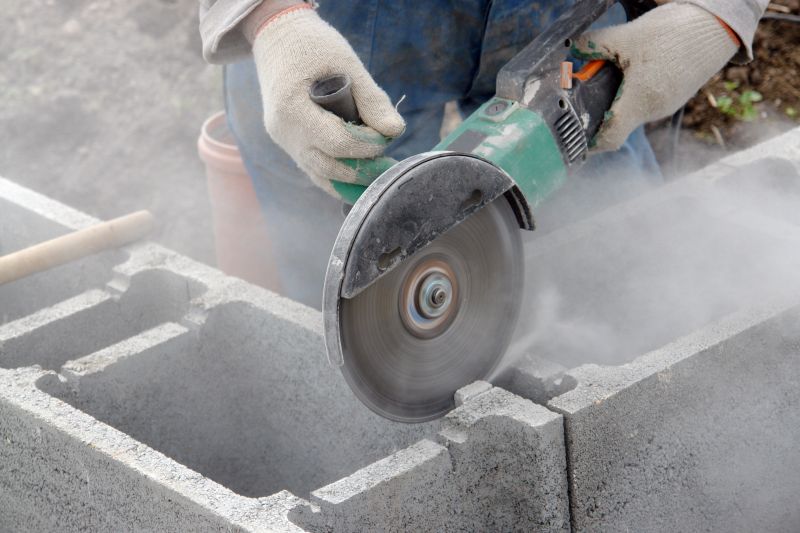
The short, realistic tool list for quality Block Retaining Wall Installations.
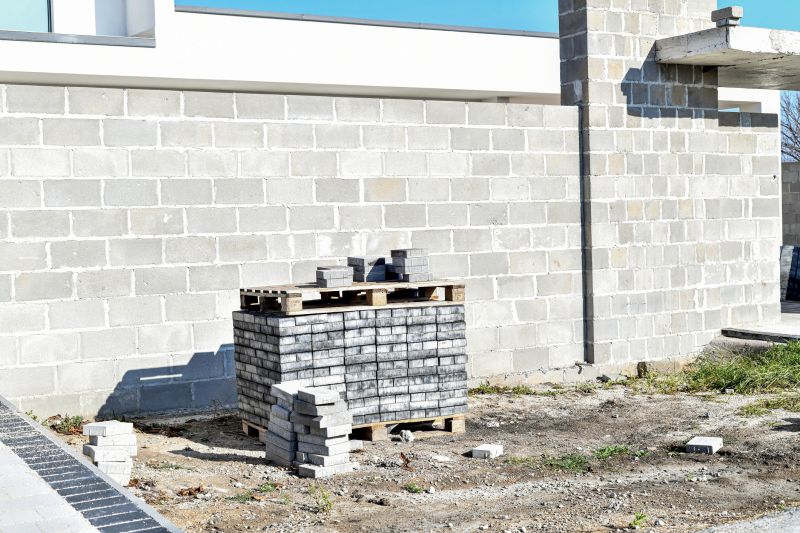
Rough timing from prep to clean-up for Block Retaining Wall Installations.
| Season | Advantages |
|---|---|
| Spring | Moderate weather, ideal soil conditions, longer daylight hours. |
| Summer | Extended daylight, good for scheduling, less rain. |
| Autumn | Cooler temperatures, stable soil, less construction demand. |
| Winter | Not recommended due to cold, frozen ground, and precipitation. |
Choosing the right time for block retaining wall installation enhances project success and longevity. Proper timing reduces delays and minimizes issues related to weather or ground conditions. Consulting with professionals can provide tailored advice based on specific site conditions and local climate patterns.

Quick checks and paperwork to keep after Block Retaining Wall Installations.

Examples that show the impact a good Block Retaining Wall Installations can make.
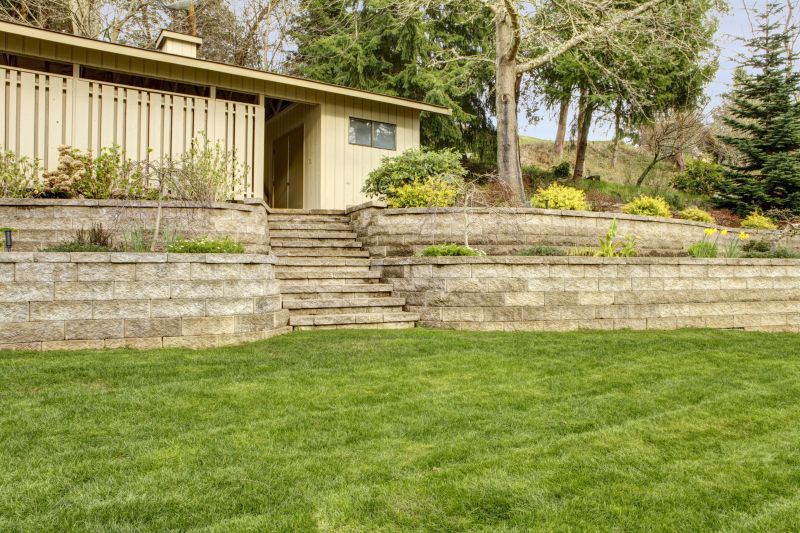
Ways to make Block Retaining Wall Installations work in tight or awkward layouts.
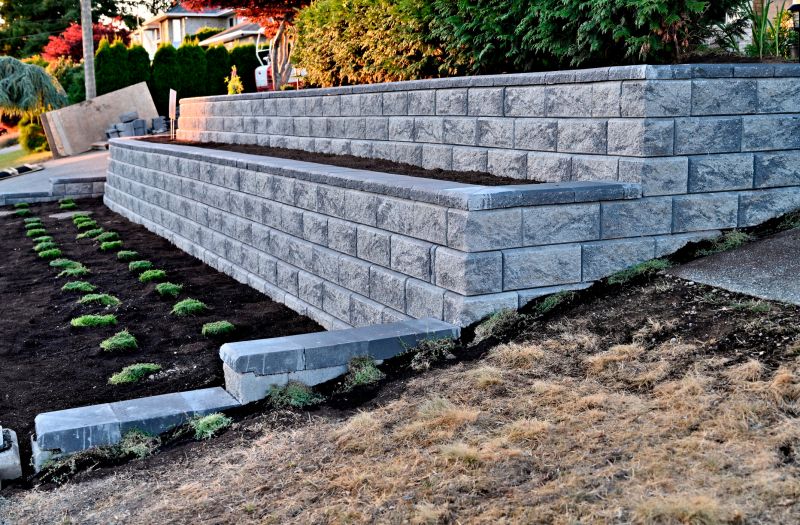
Ways to make Block Retaining Wall Installations work in tight or awkward layouts.
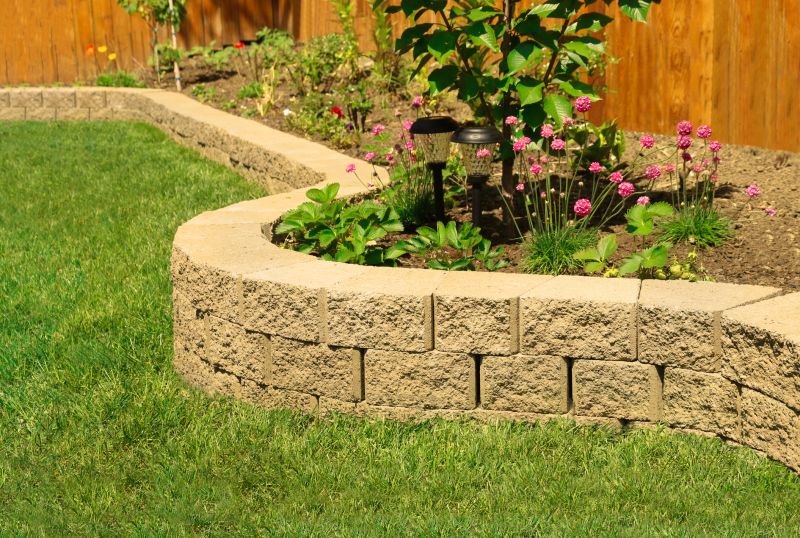
Ways to make Block Retaining Wall Installations work in tight or awkward layouts.

Ways to make Block Retaining Wall Installations work in tight or awkward layouts.
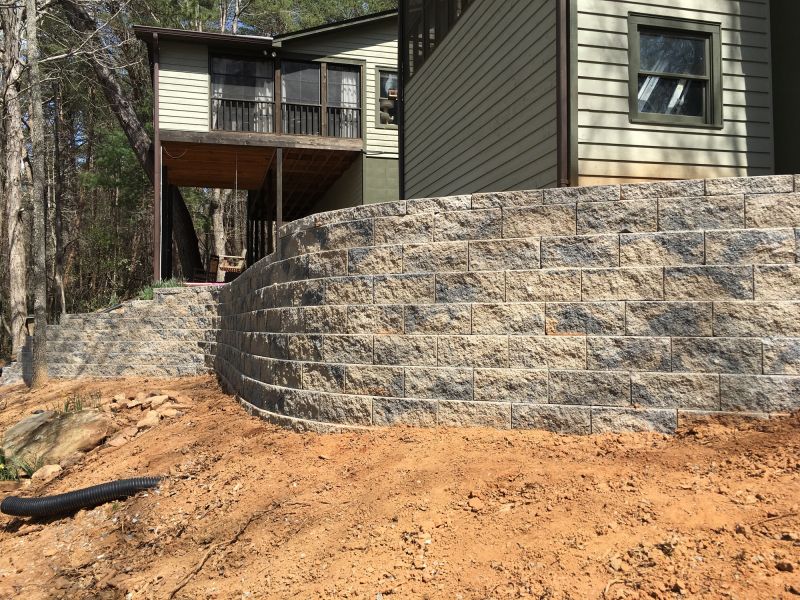
Ways to make Block Retaining Wall Installations work in tight or awkward layouts.
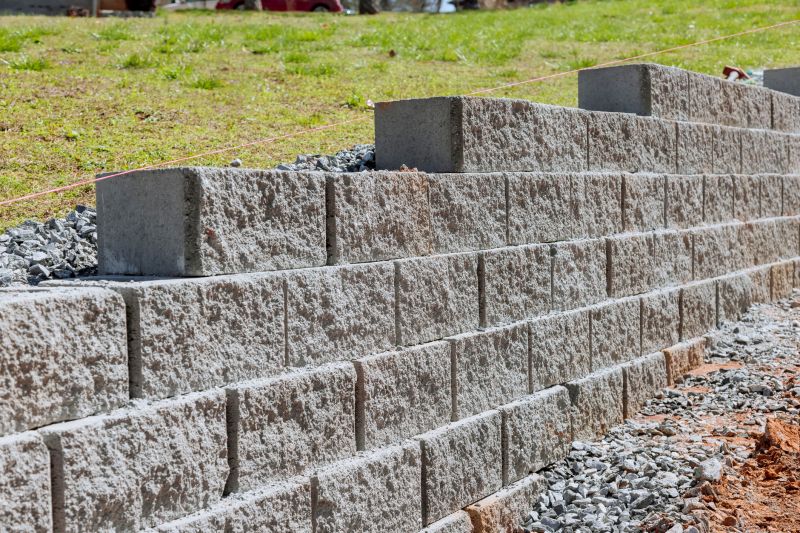
Ways to make Block Retaining Wall Installations work in tight or awkward layouts.
Interested parties are encouraged to contact for further information or to discuss specific project requirements. Proper timing and professional installation can ensure the durability and effectiveness of a block retaining wall, providing long-lasting landscape solutions.
